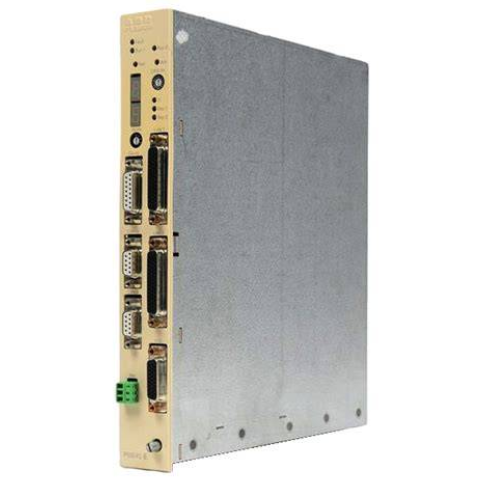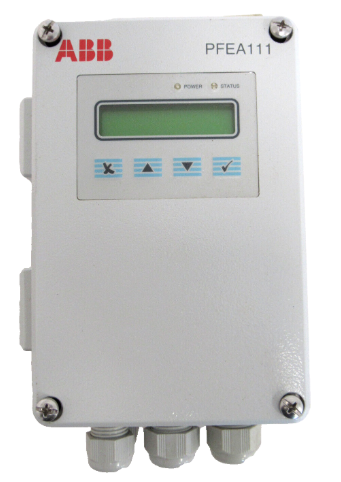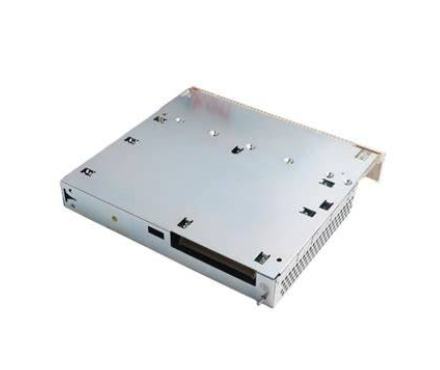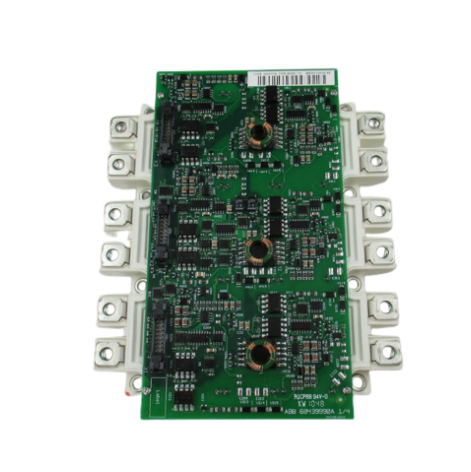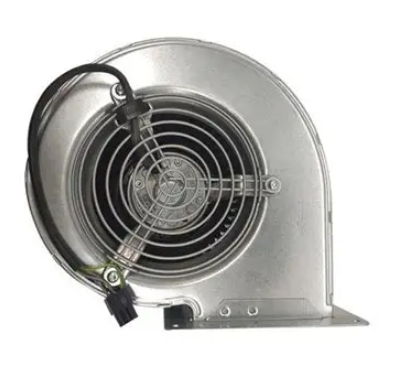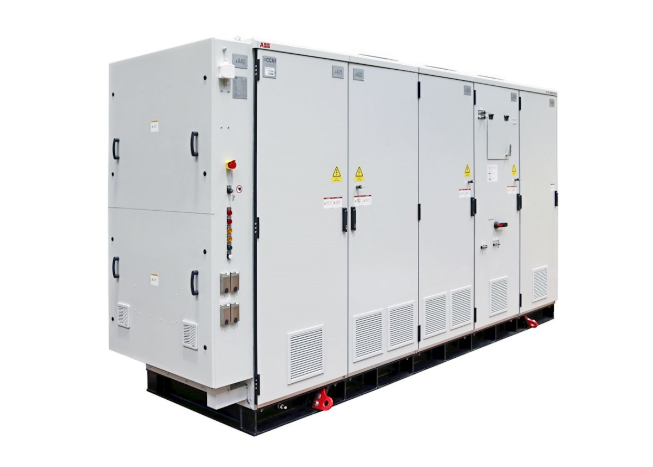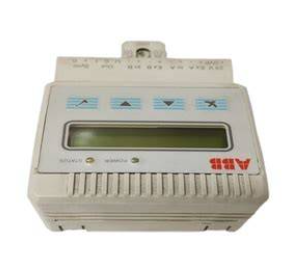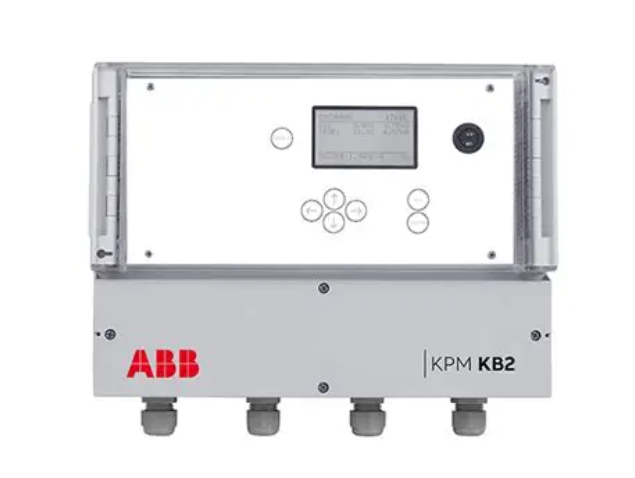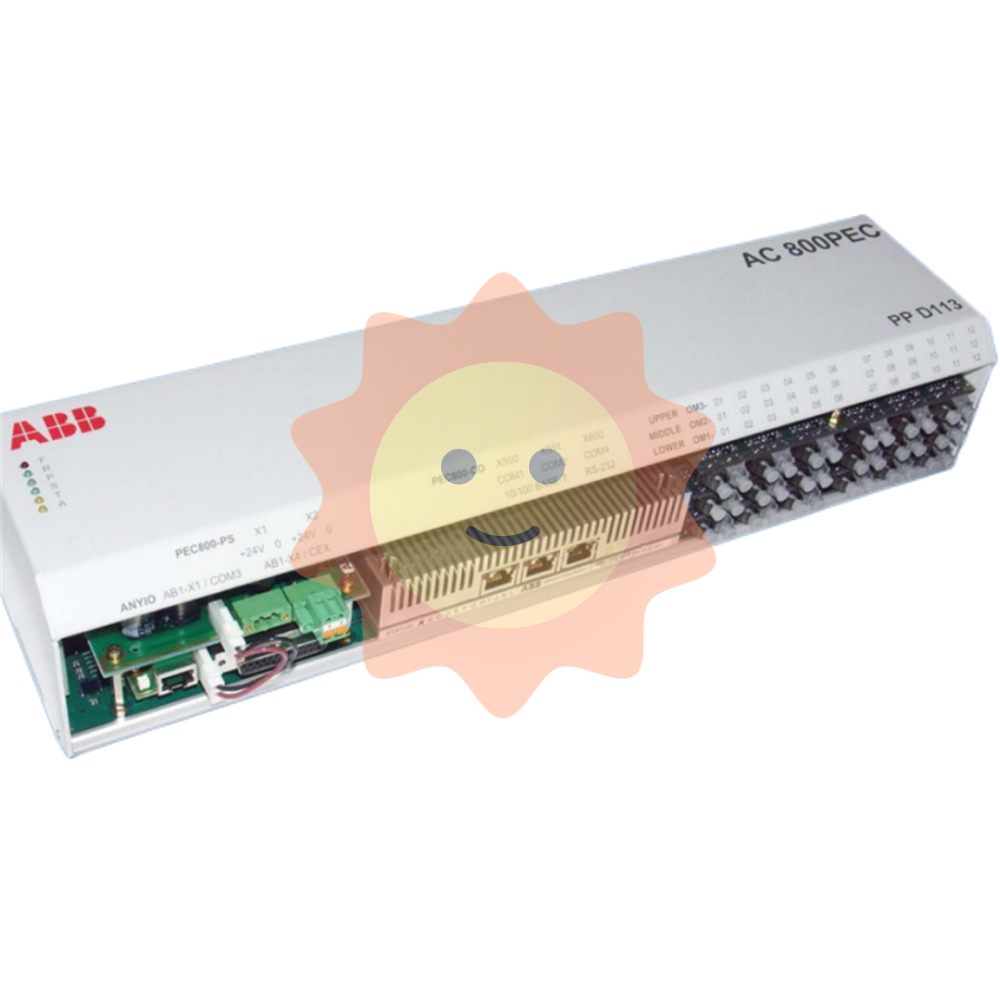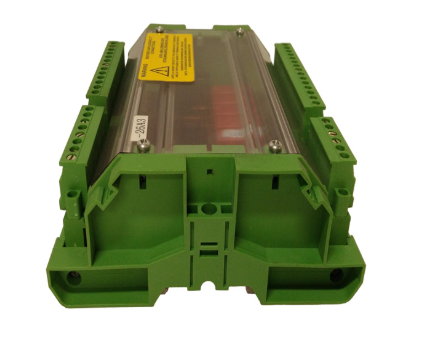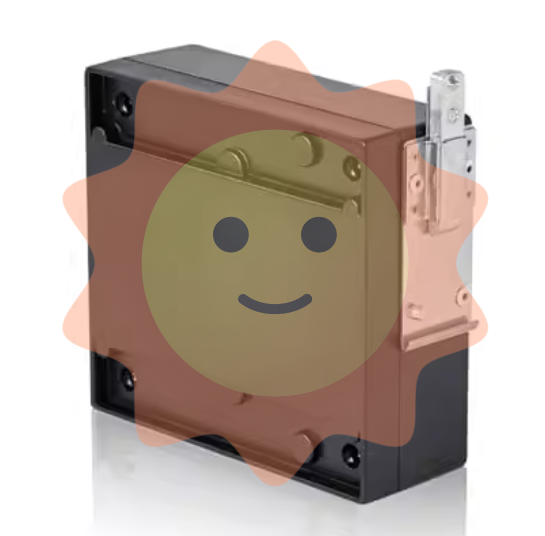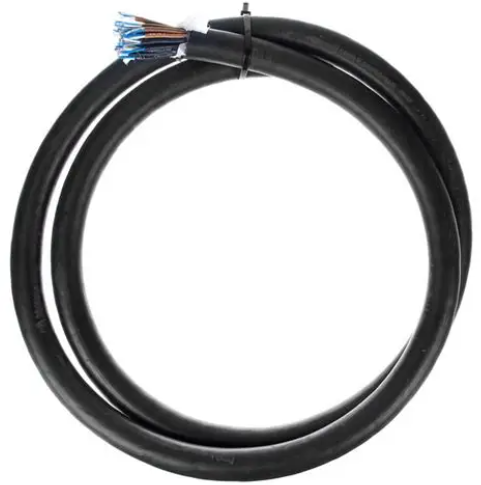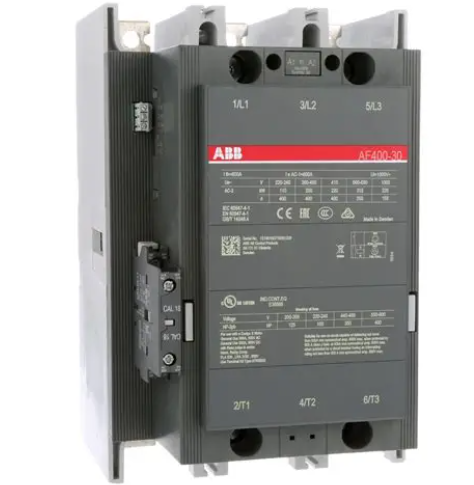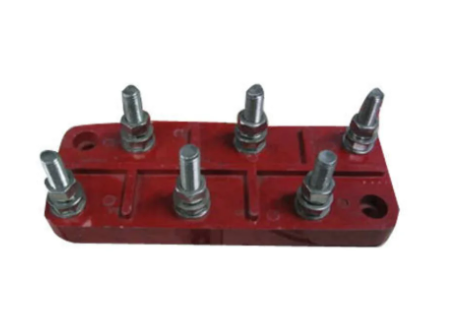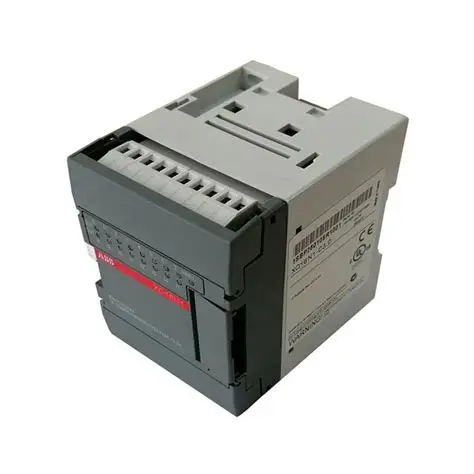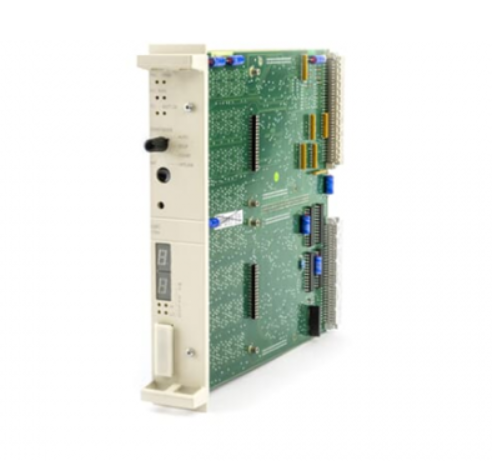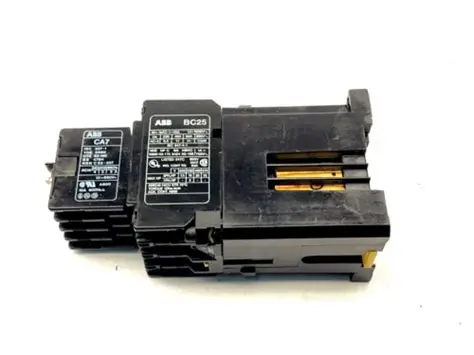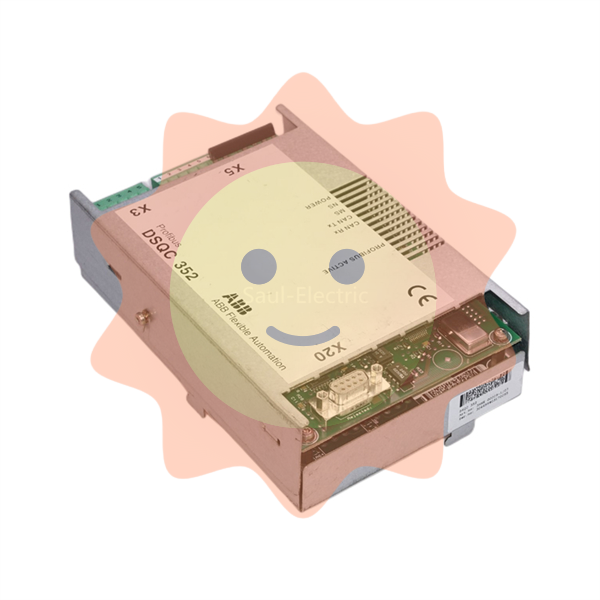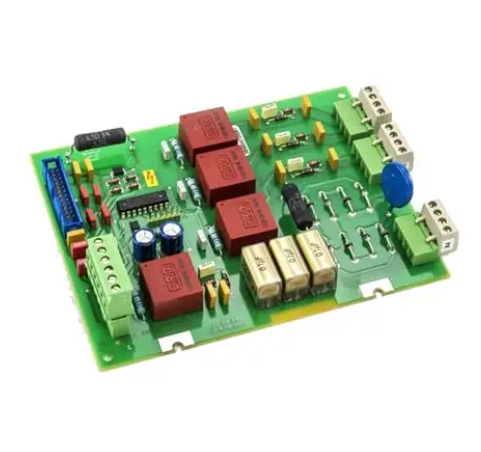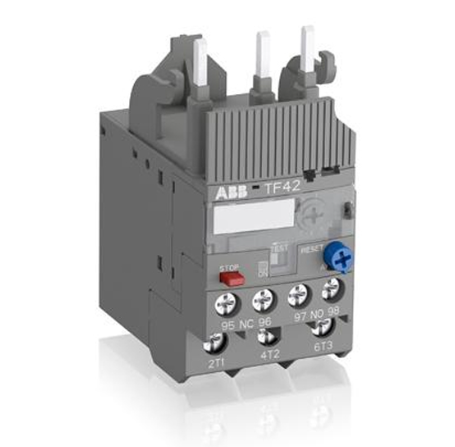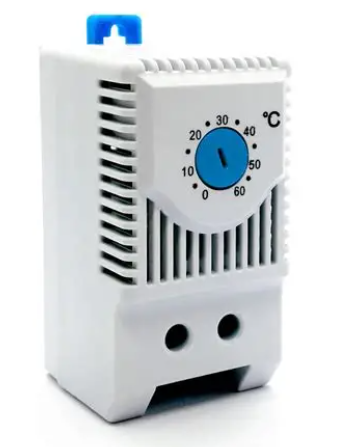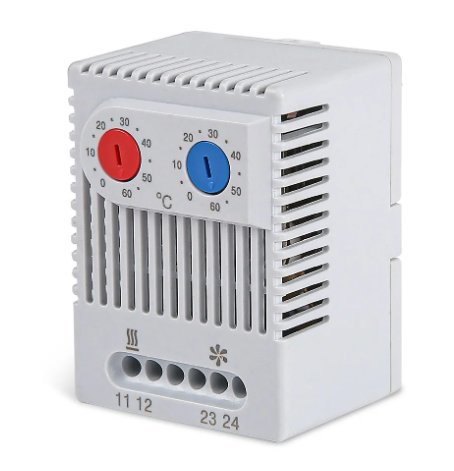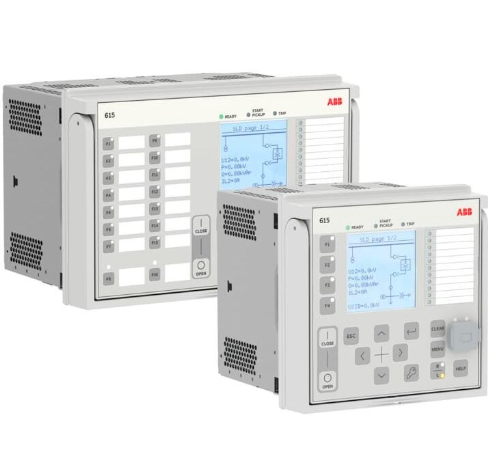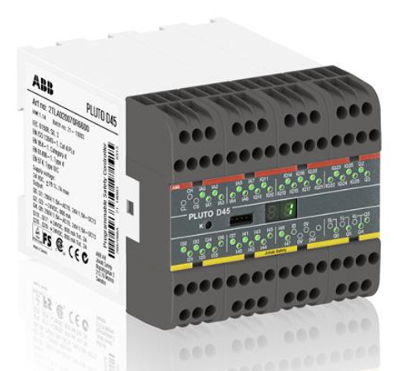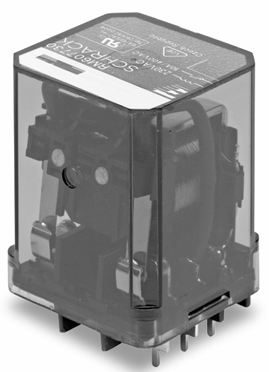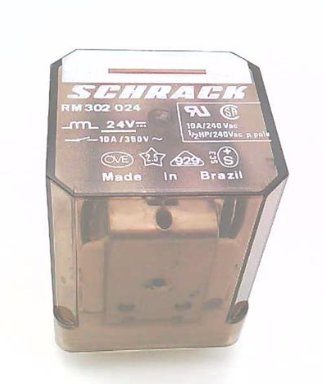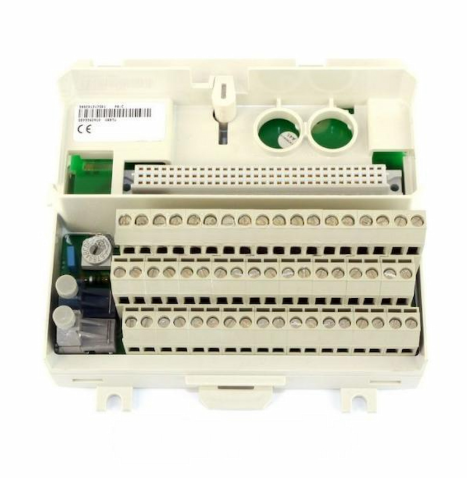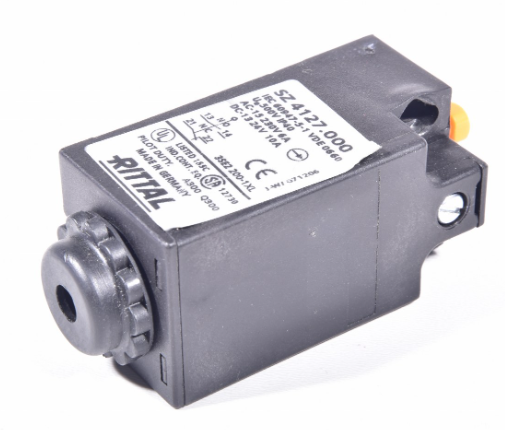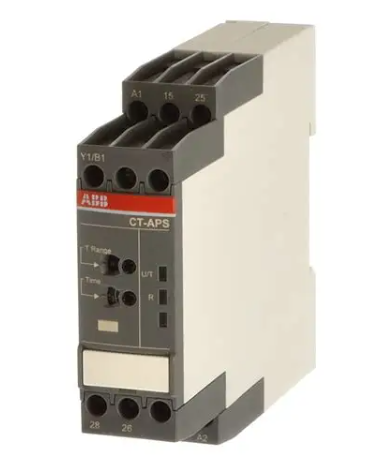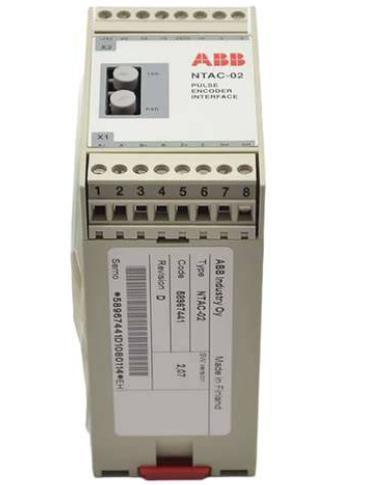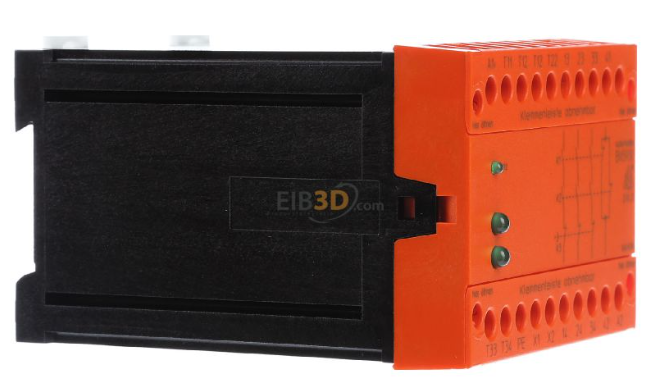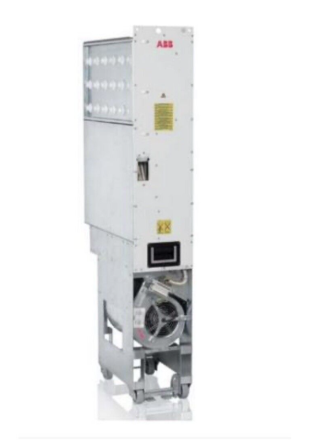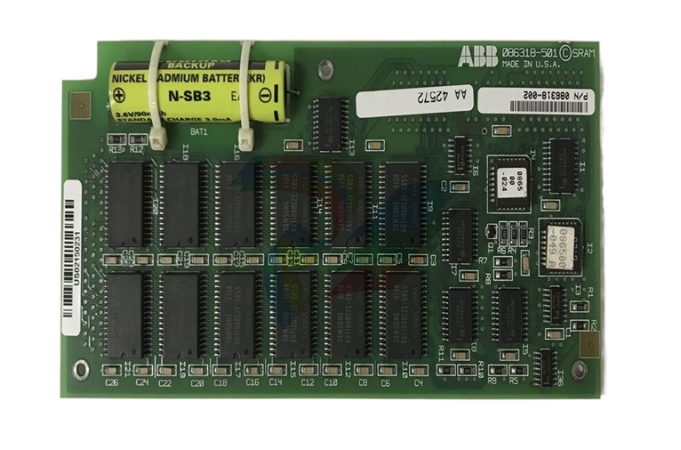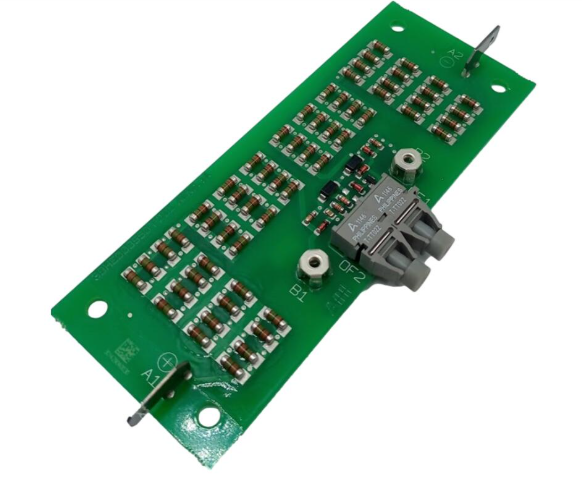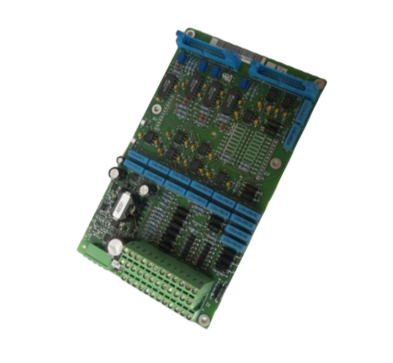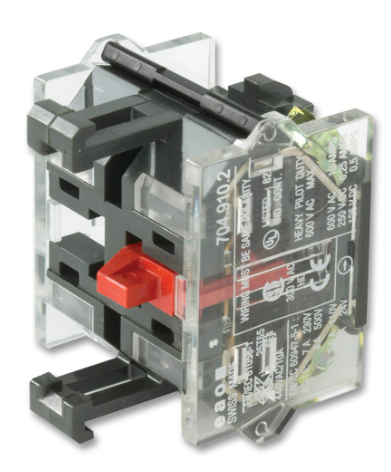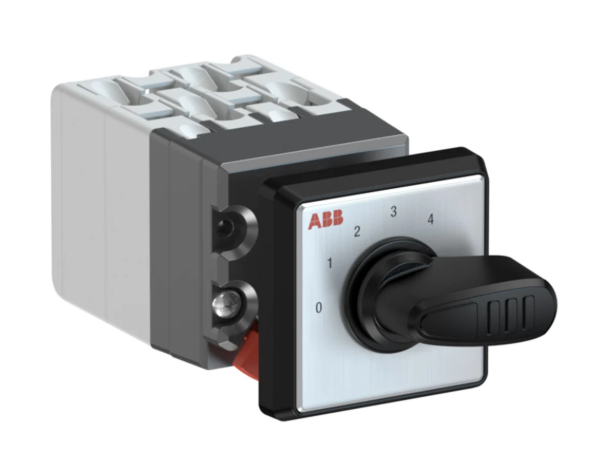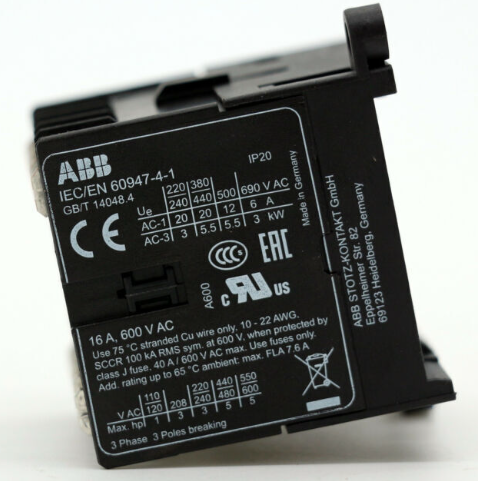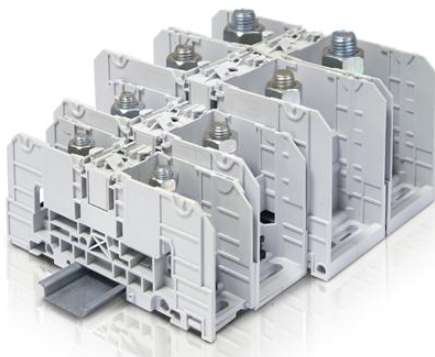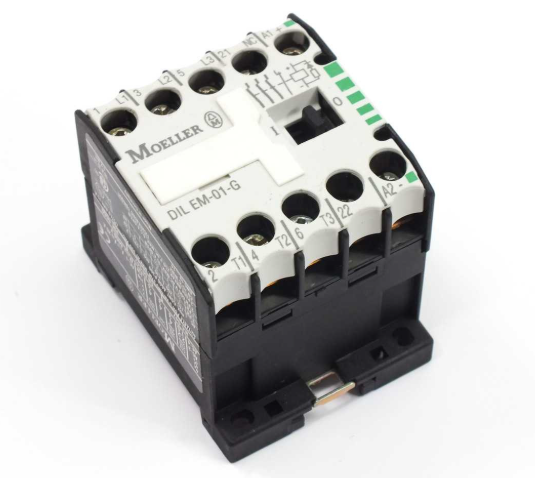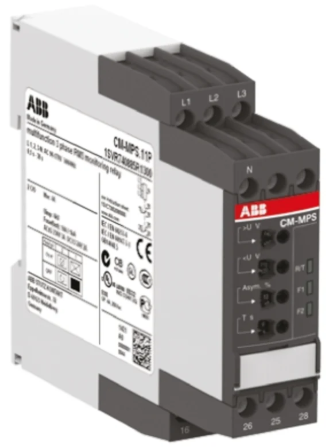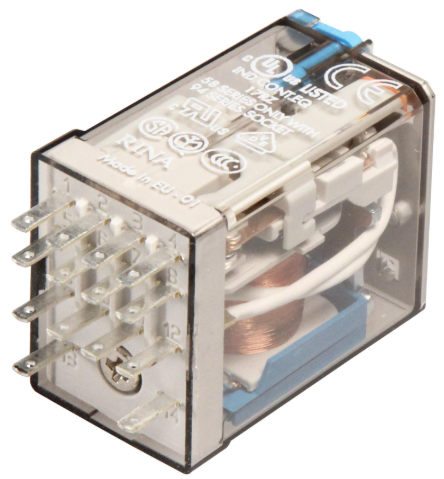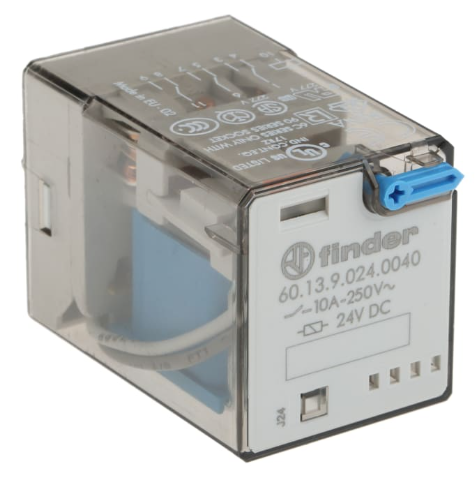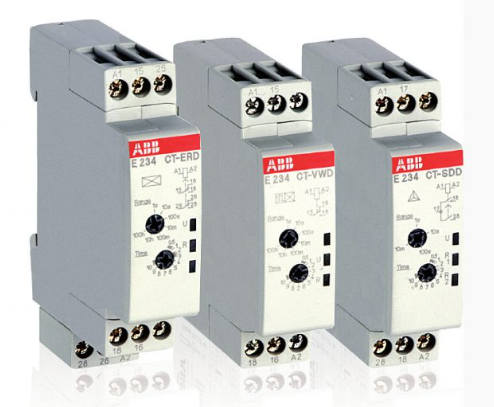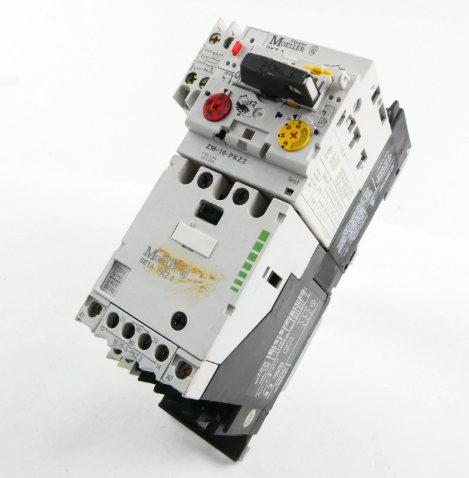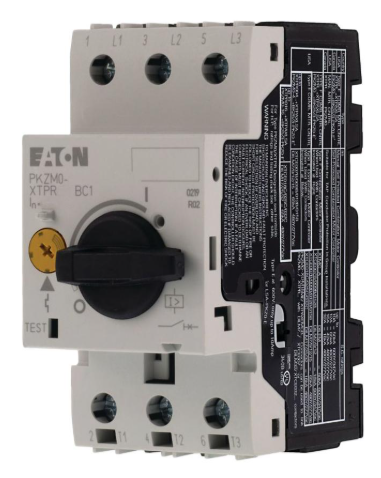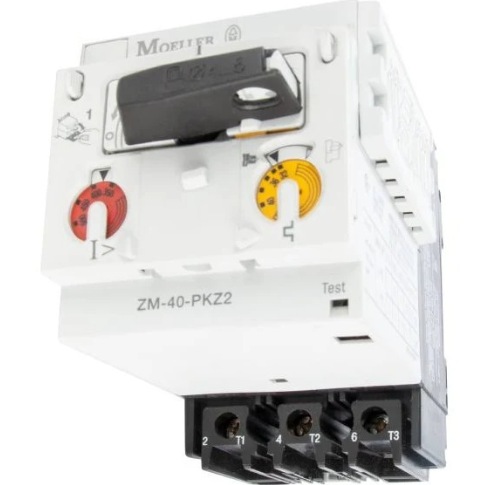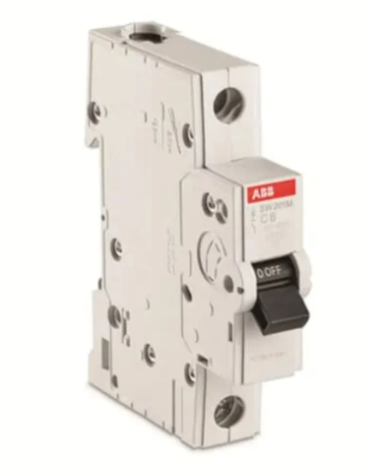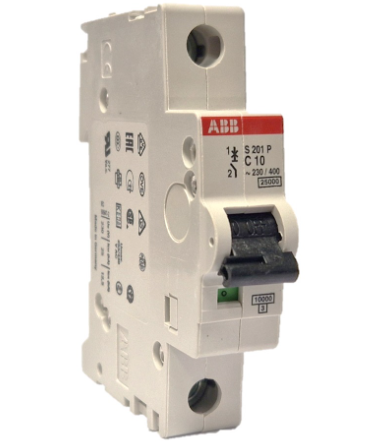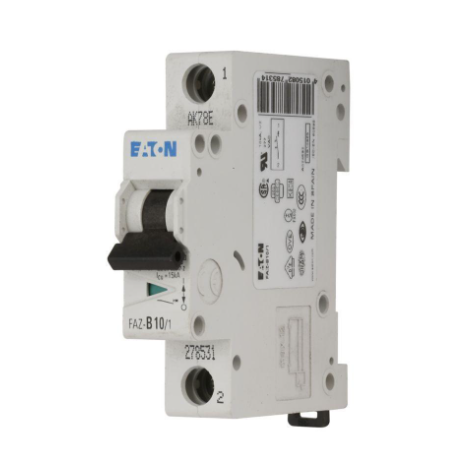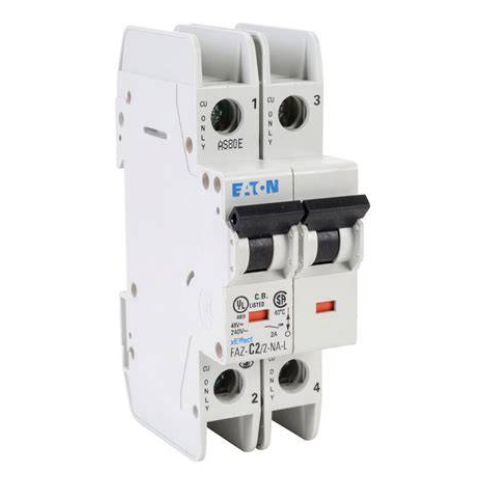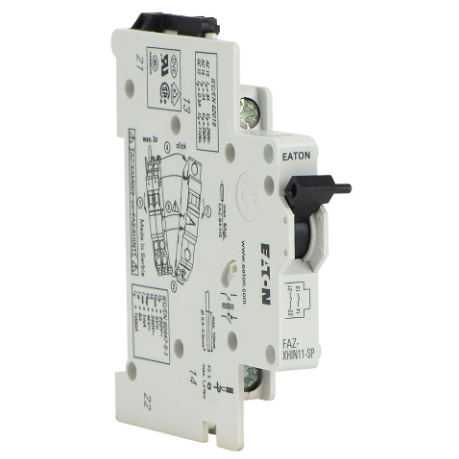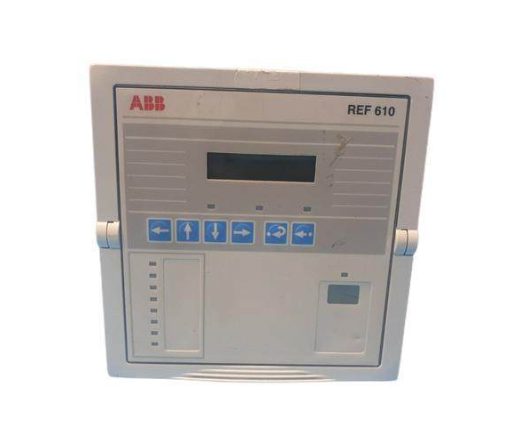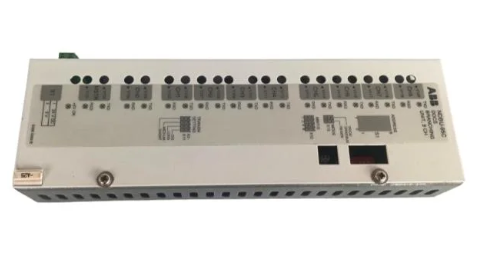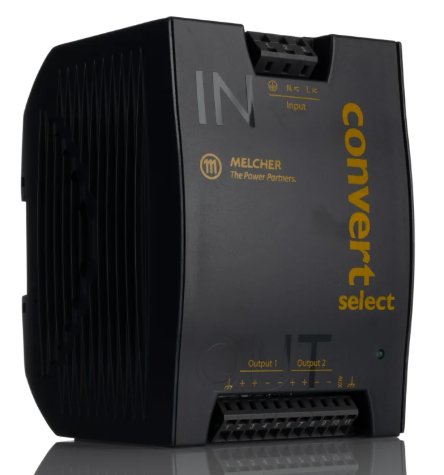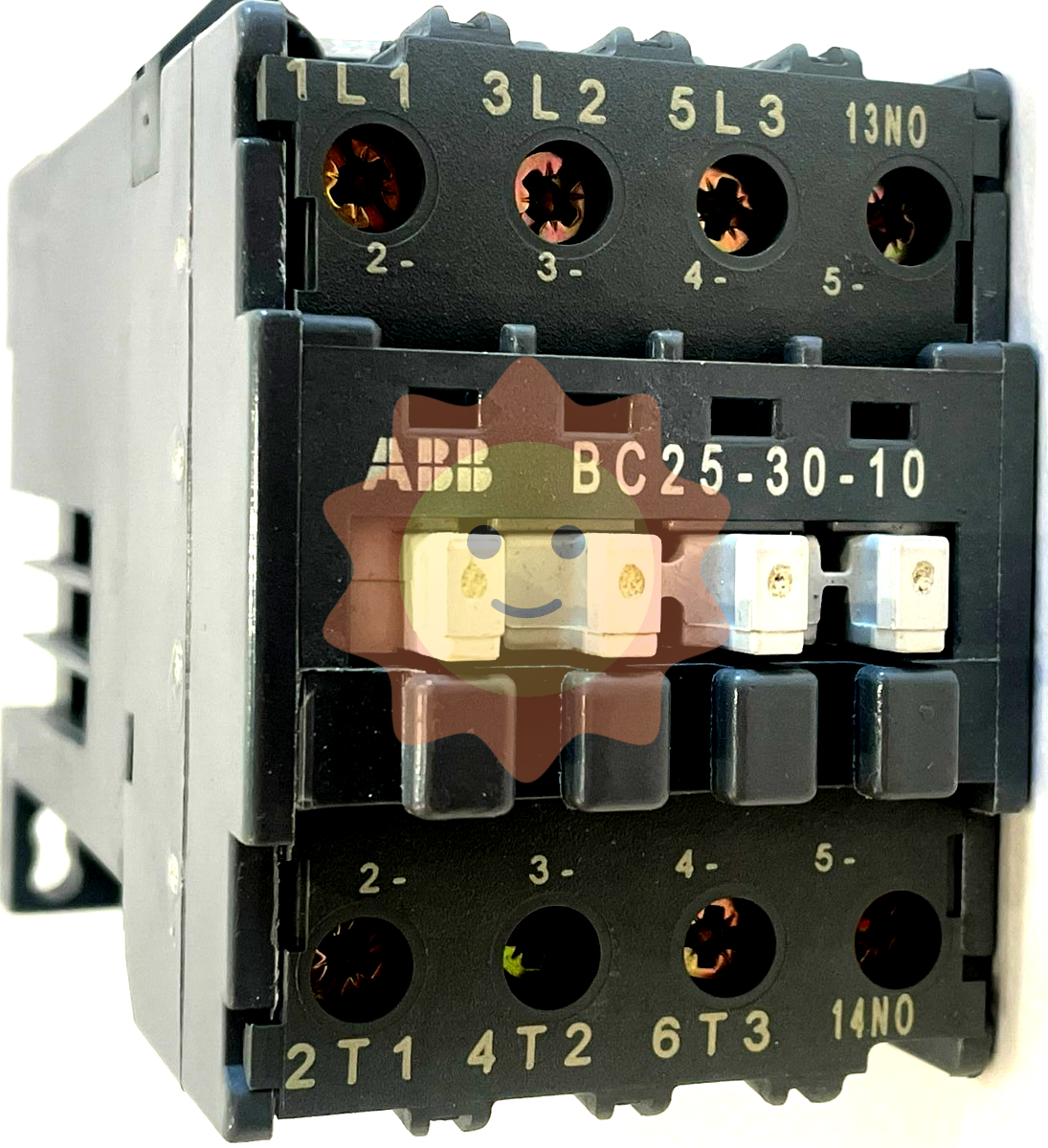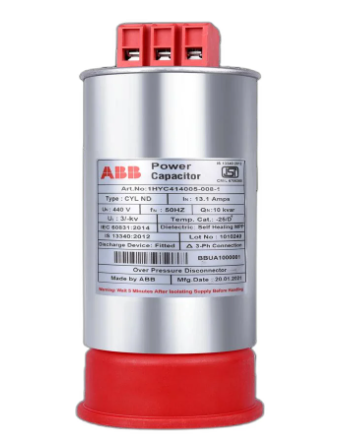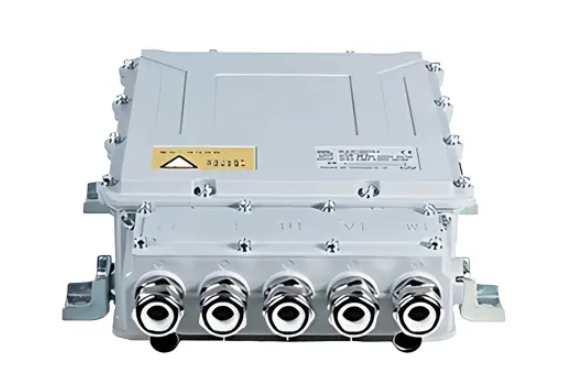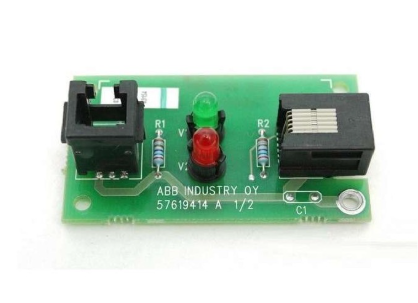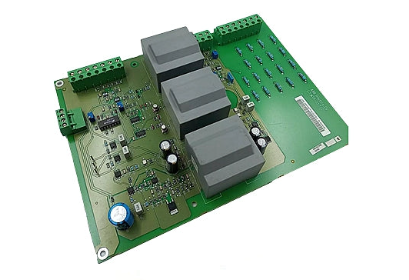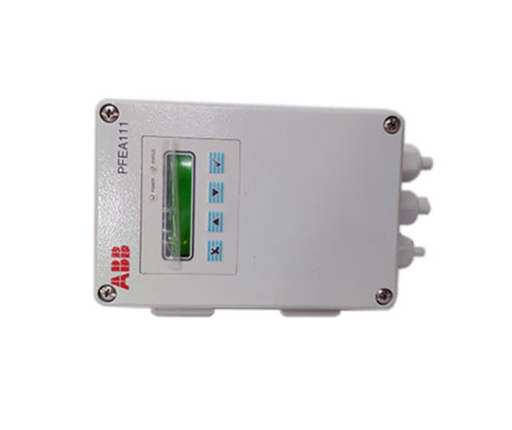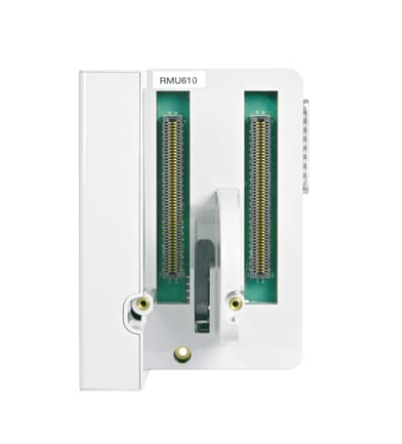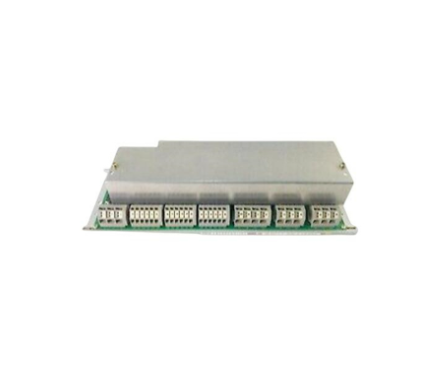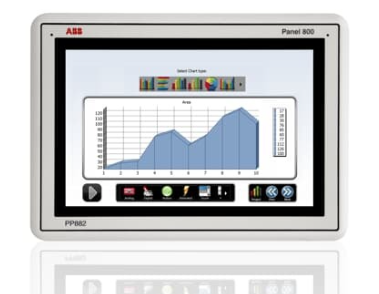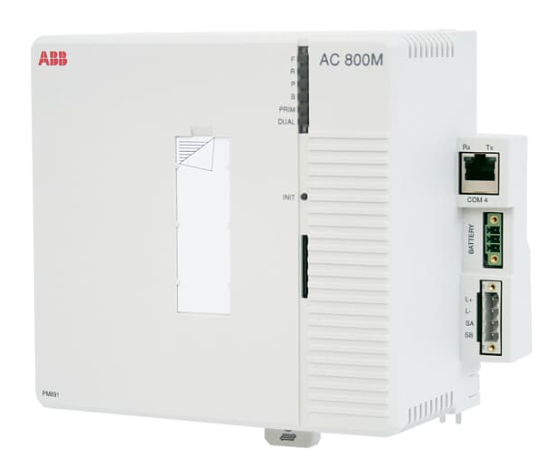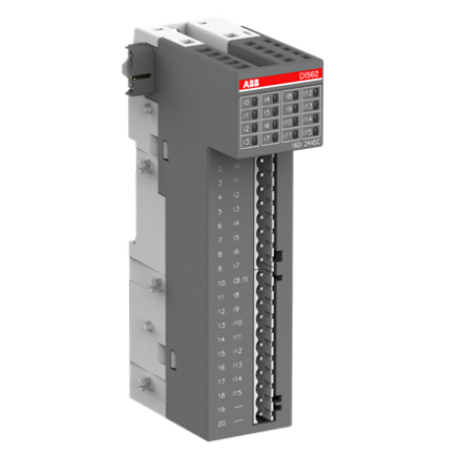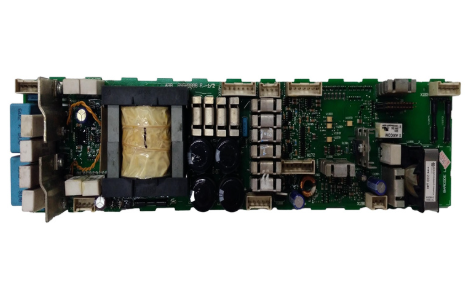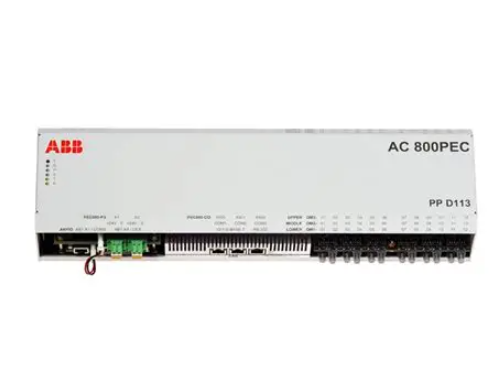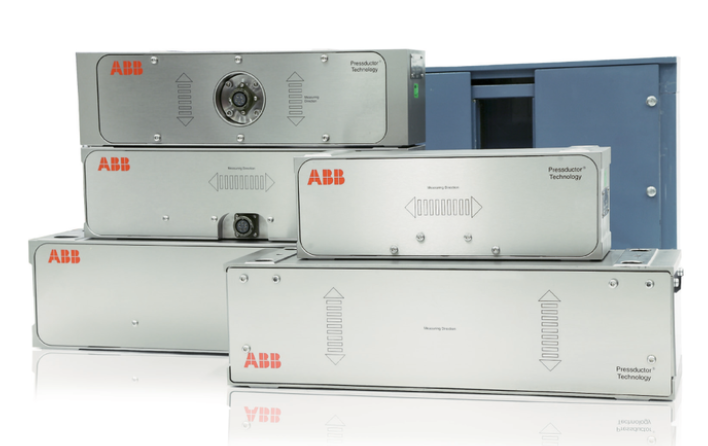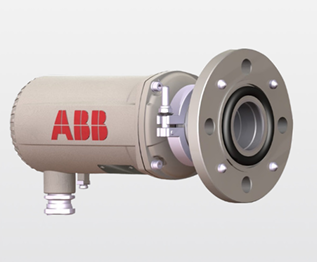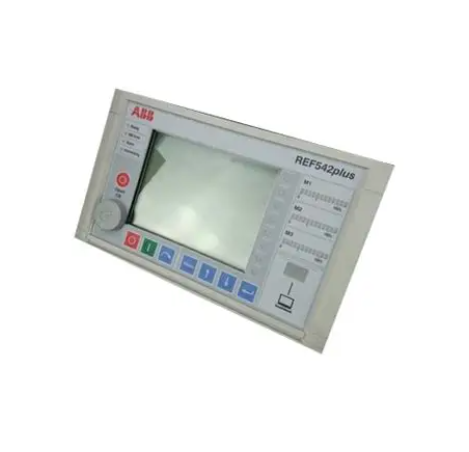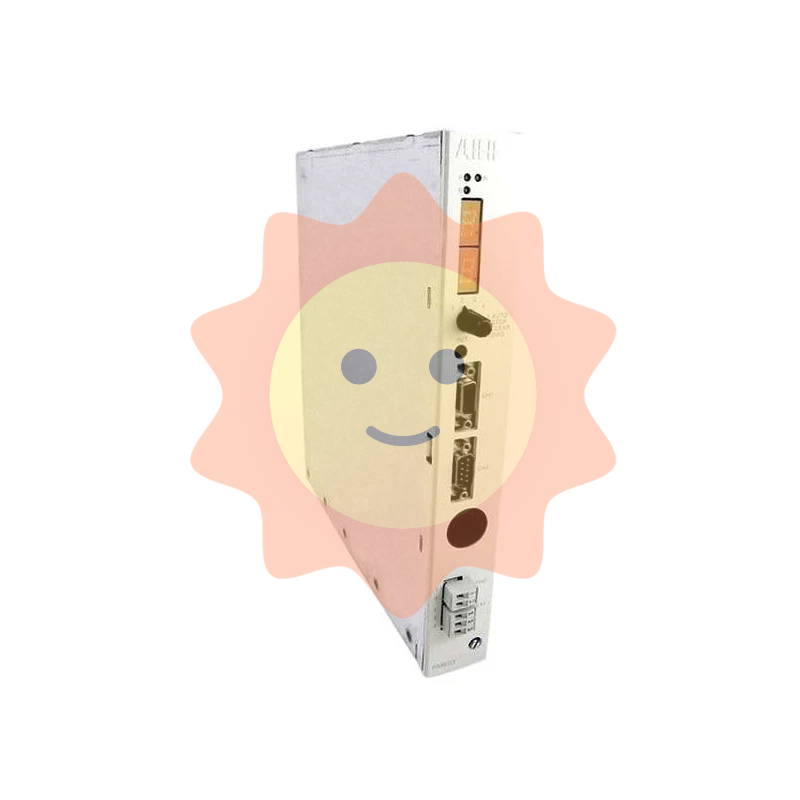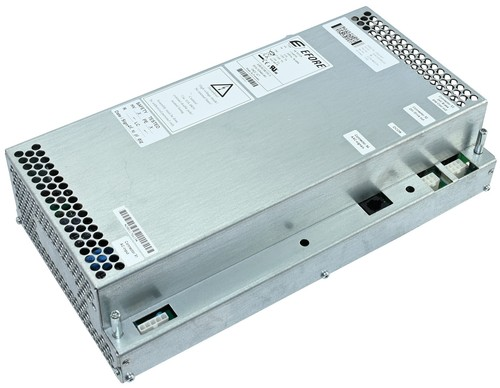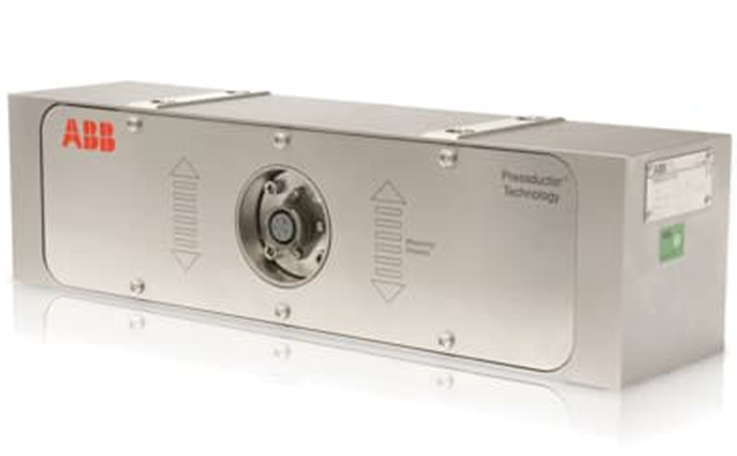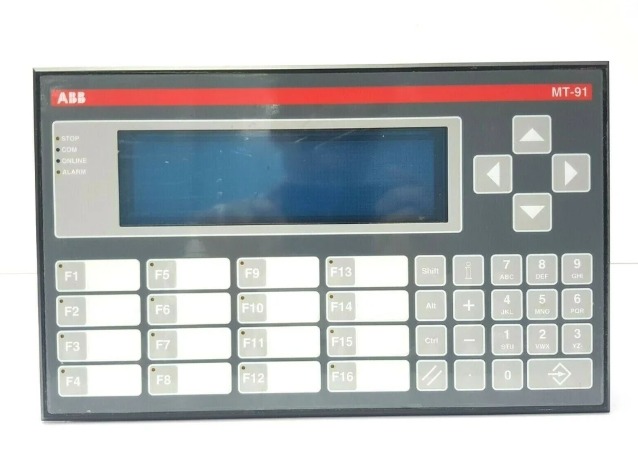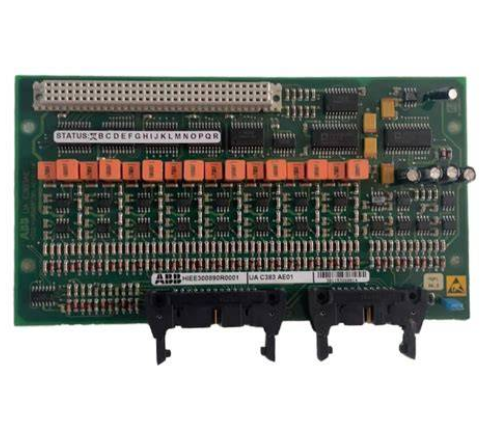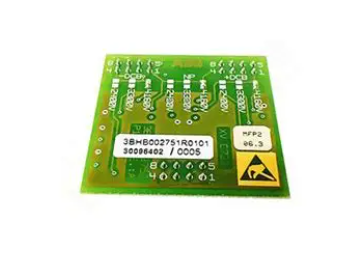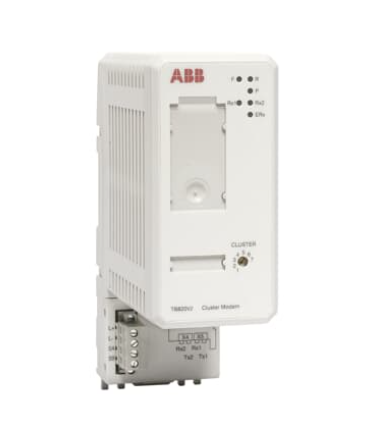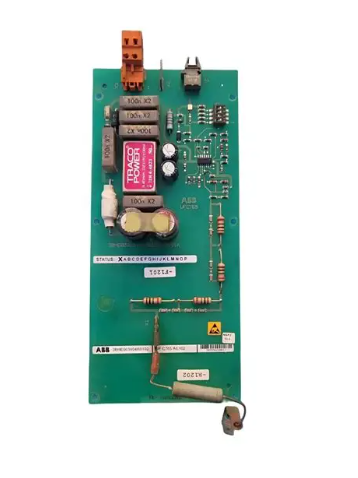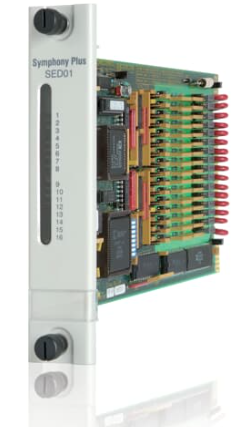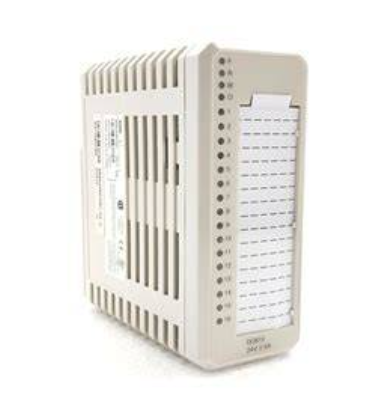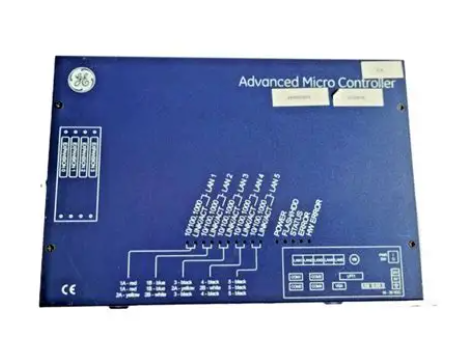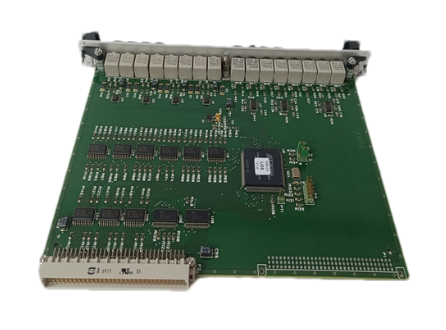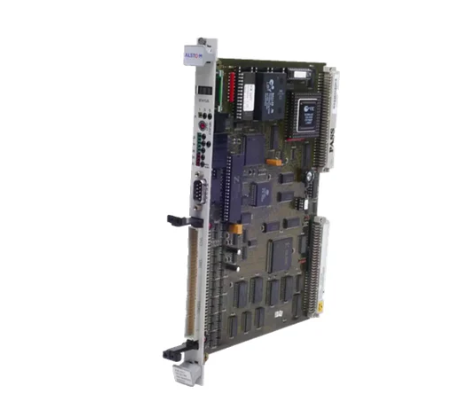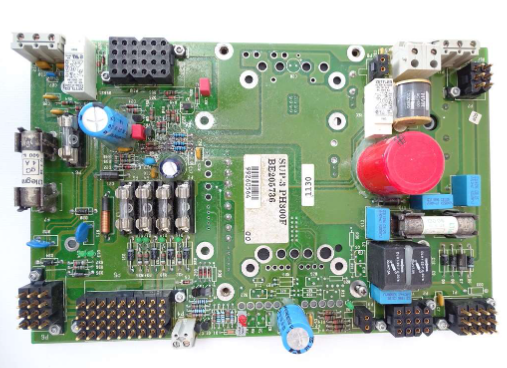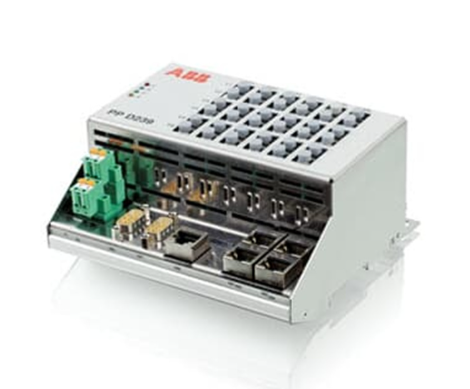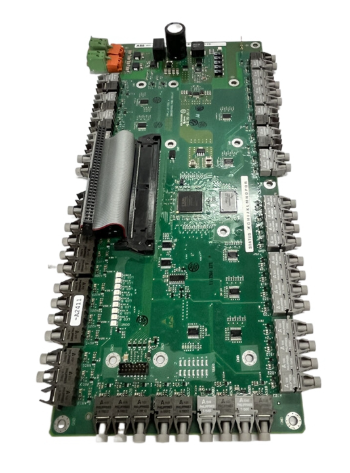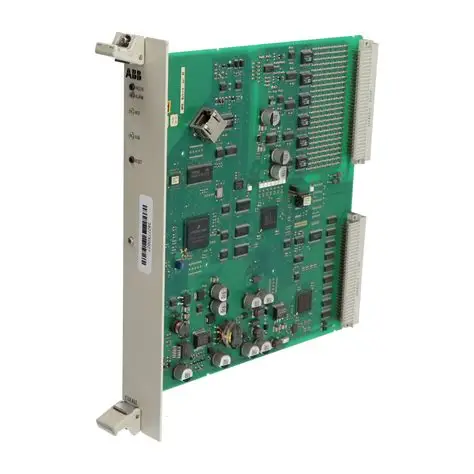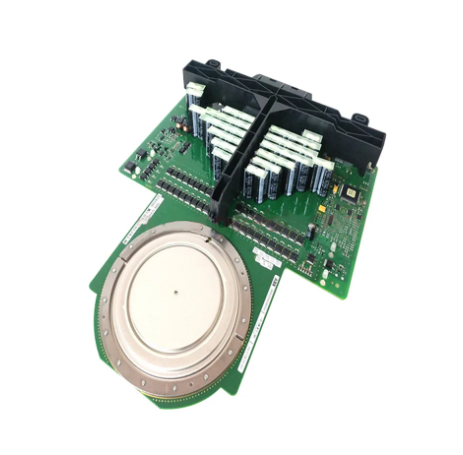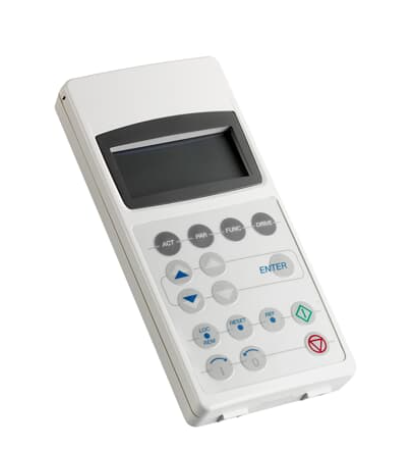ABB 086349-002 Industrial Control Circuit Board
(2) Data transmission function
Internal data transmission: Within the control board, high-speed and stable data transmission can be achieved between various functional modules. Through advanced internal bus architectures such as high-speed SPI bus, I2C bus, etc., fast data exchange between modules such as microprocessors, storage chips, and input/output interface chips is achieved to ensure the processing and response speed of various signals on the control board. This efficient internal data transmission mechanism enables the control board to quickly perform data operations and processing when facing complex industrial control tasks, output control instructions in a timely manner, and ensure the continuity and stability of the industrial production process.
External data communication: Supports multiple standard external communication protocols, such as Modbus RTU/ASCII, Profibus DP, Ethernet/IP, etc., facilitating data communication and information exchange with other industrial devices. With the help of these communication protocols, the 086349-002 control board can easily connect with PLC, upper computer, human-machine interface (HMI) and other devices to achieve remote monitoring, parameter setting, fault diagnosis and other functions. In large-scale industrial automation projects, the control board can communicate with the PLC through Modbus protocol, upload real-time operating data of on-site equipment to the PLC, and receive control instructions sent by the PLC to achieve remote centralized control of on-site equipment; Connected to the upper computer through Ethernet/IP protocol, the upper computer operator can view the real-time operation status of the equipment, make remote parameter adjustments, and improve the intelligent management level of industrial production.
(3) Redundancy and reliability design
Redundancy function: With redundant attribute identification, it can achieve controller redundancy path design. This means that in the case of physical configuration redundancy, two network adapter cards can be connected to network ports on two communication modules, such as Net2 ports on two ACMs or two NCMs, or Net1 or Net2 ports on two CMs for specific application scenarios. Redundancy design greatly improves the reliability of the system. When one of the communication paths fails, the system can automatically switch to the backup path, ensuring uninterrupted data communication between the control board and other devices, thereby ensuring the continuous and stable operation of the industrial production process and avoiding production stagnation and economic losses caused by communication interruptions.
Reliability guarantee: In terms of hardware design, high-quality electronic components are selected and rigorously screened and tested to ensure their stability and reliability in complex industrial environments. At the same time, adopting multi-layer circuit board design, optimizing circuit layout, reducing electromagnetic interference, and improving the anti-interference ability of the control board. In terms of software, it is equipped with a comprehensive self checking program and fault diagnosis function, which can monitor the working status of the control board in real time. Once abnormalities are detected, such as hardware failures, communication errors, etc., timely alarm prompts can be given, and corresponding protective measures can be taken, such as automatic switching to backup equipment, saving current working data, etc., to minimize the impact of faults on industrial production and improve the reliability and availability of the entire industrial control system.
Working principle
(1) Signal input processing flow
When various sensors, transmitters, and other devices convert the collected physical quantity signals into electrical signals, these signals first enter the input interface circuit of the 086349-002 control board. The input interface circuit will perform preliminary preprocessing based on the type of signal (analog signal or digital signal). For analog signals, filtering, amplification, and other operations will be performed through signal conditioning circuits to improve the quality and stability of the signal. Next, the conditioned analog signal will enter an analog-to-digital converter (ADC) to convert it into a digital signal. The digital signal is then transmitted to the microprocessor on the control board, which analyzes, calculates, and processes the input digital signal according to preset programs and algorithms, and determines the current operating status of the industrial equipment.
(2) Control decision-making and signal output
After processing the input signal, the microprocessor will make corresponding control decisions based on the internal stored control logic and preset parameters. For example, in a temperature control system, if the microprocessor analyzes the input temperature signal and finds that the actual temperature is lower than the set temperature, it will calculate the required heating power based on the control algorithm and generate the corresponding control signal. These control signals will be transmitted to the output interface circuit, which converts the control signals into appropriate forms based on the type of signal and the requirements of the target actuator. For example, for motor control, PWM (Pulse Width Modulation) signals may be output to adjust the motor speed; For valve control, analog voltage or current signals may be output to control the opening of the valve. Ultimately, these control signals drive the actions of the executing mechanism, achieving precise control of industrial equipment and enabling the industrial production process to proceed according to expected goals.
- EMERSON
- Honeywell
- CTI
- Rolls-Royce
- General Electric
- Woodward
- Yaskawa
- xYCOM
- Motorola
- Siemens
- Rockwell
- ABB
- B&R
- HIMA
- Construction site
- electricity
- Automobile market
- PLC
- DCS
- Motor drivers
- VSD
- Implications
- cement
- CO2
- CEM
- methane
- Artificial intelligence
- Titanic
- Solar energy
- Hydrogen fuel cell
- Hydrogen and fuel cells
- Hydrogen and oxygen fuel cells
- tyre
- Chemical fiber
- dynamo
- corpuscle
- Pulp and paper
- printing
- fossil
- FANUC
- Food and beverage
- Life science
- Sewage treatment
- Personal care
- electricity
- boats
- infrastructure
- Automobile industry
- metallurgy
- Nuclear power generation
- Geothermal power generation
- Water and wastewater
- Infrastructure construction
- Mine hazard
- steel
- papermaking
- Natural gas industry
- Infrastructure construction
- Power and energy
- Rubber and plastic
- Renewable energy
- pharmacy
- mining
- Plastic industry
- Schneider
- Kongsberg
- NI
- Wind energy
- International petroleum
- International new energy network
- gas
- WATLOW
- ProSoft
- SEW
- wind
- ADVANCED
- Reliance
- YOKOGAWA
- TRICONEX
- FOXBORO
- METSO
- MAN
- Advantest
- ADVANCED
- ALSTOM
- Control Wave
- AB
- AMAT
- STUDER
- KONGSBERG
- MOTOROLA
- DANAHER MOTION
- Bently
- Galil
- EATON
- MOLEX
- Triconex
- DEIF
- B&W
- ZYGO
- Aerotech
- DANFOSS
- KOLLMORGEN
- Beijer
- Endress+Hauser
- MOOG
- KB
- Moxa
- Rexroth
- YAMAHA
- Johnson
- Westinghouse


Email:wang@kongjiangauto.com

